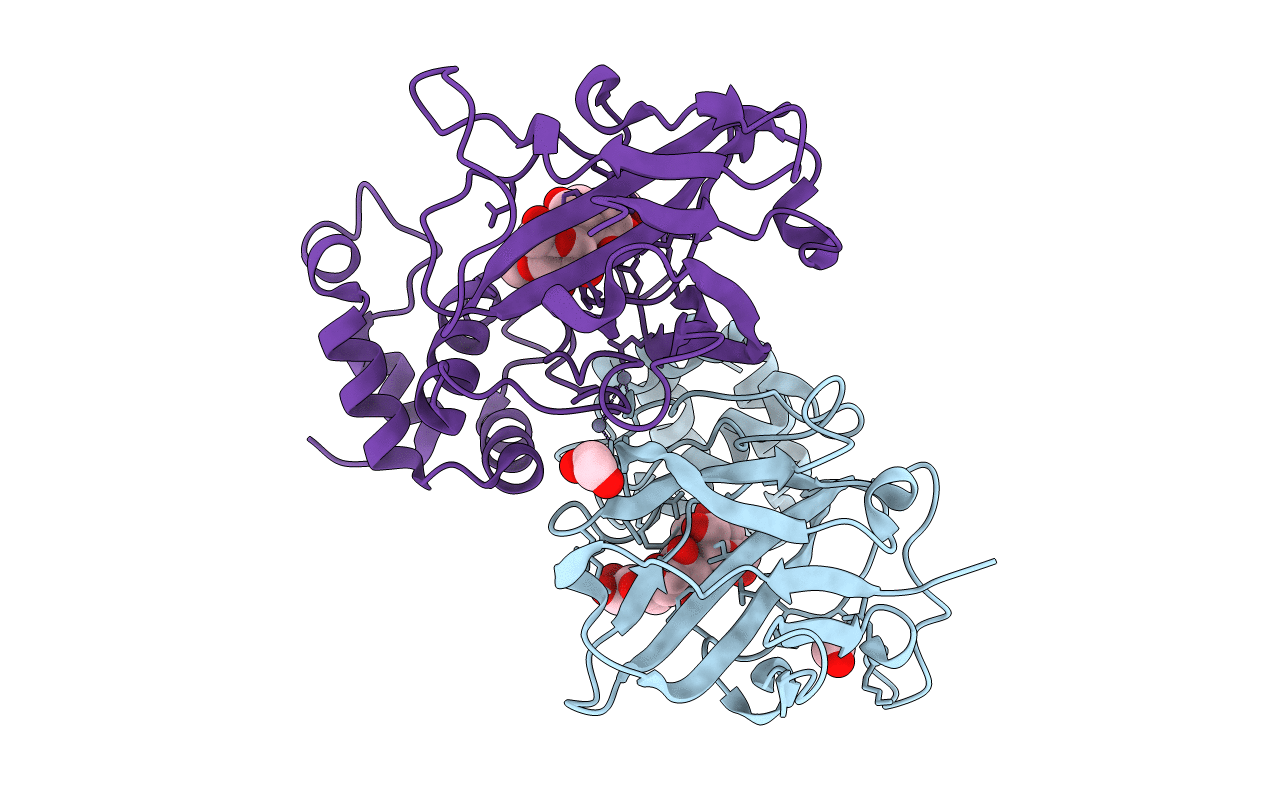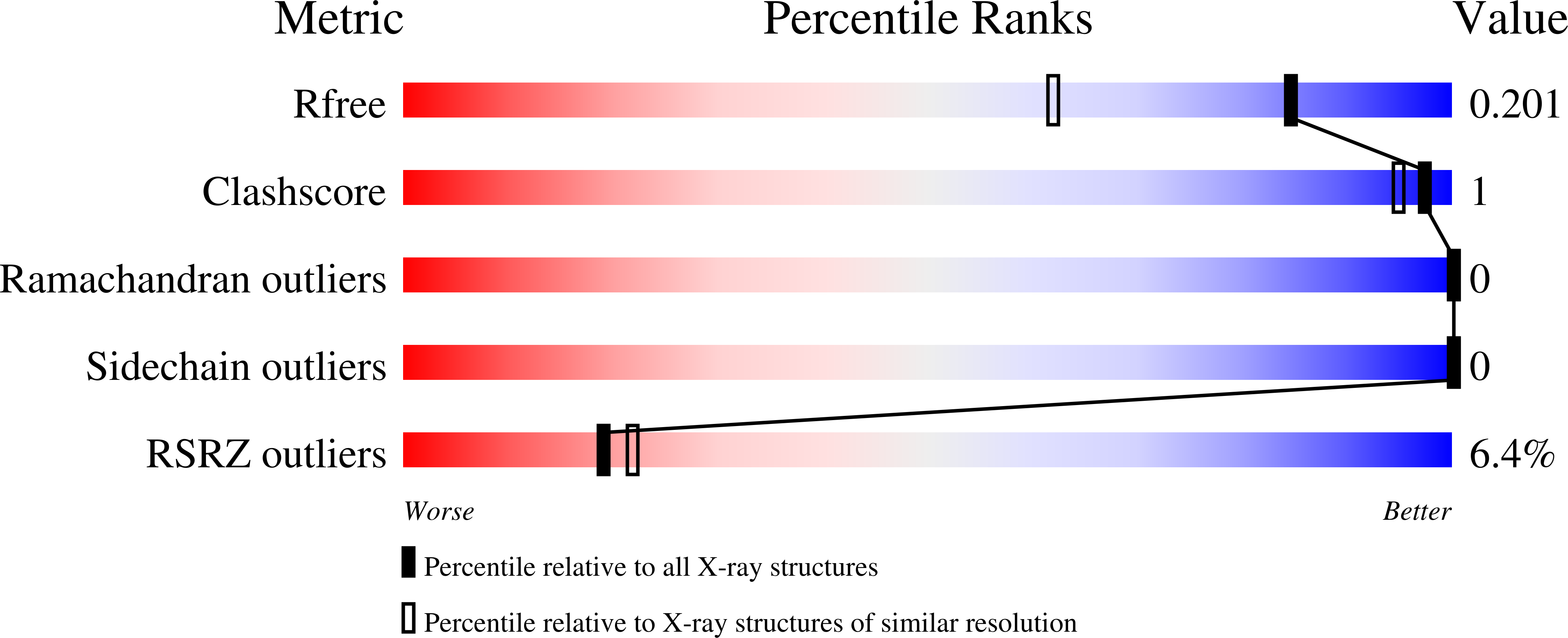
Deposition Date
2021-07-14
Release Date
2022-04-13
Last Version Date
2023-10-18
Entry Detail
PDB ID:
7RFT
Keywords:
Title:
Domain 1 of Starch adherence system protein 20 (Sas20) from Ruminococcus bromii with maltotriose
Biological Source:
Source Organism:
Ruminococcus bromii L2-63 (Taxon ID: 657321)
Host Organism:
Method Details:
Experimental Method:
Resolution:
1.53 Å
R-Value Free:
0.19
R-Value Work:
0.17
R-Value Observed:
0.17
Space Group:
C 1 2 1


